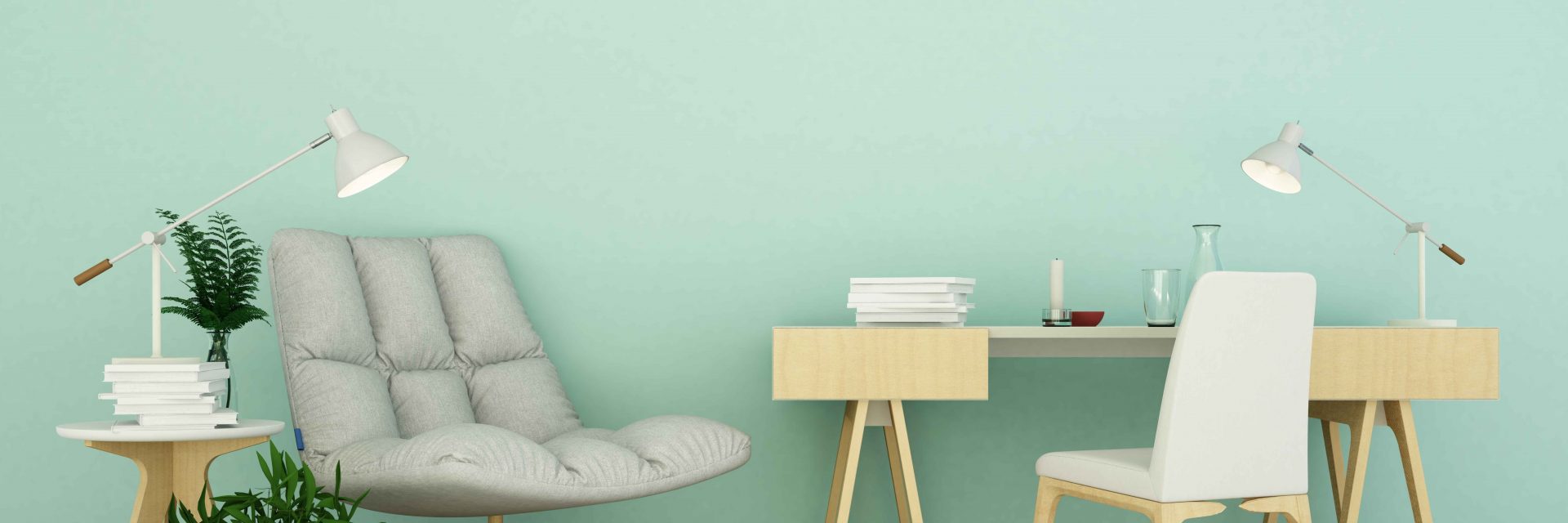Understand Just How Seasonal Problems Impact The Success Of Industrial Exterior Paint And Discover The Optimal Periods To Ensure Resilient Outcomes For Your Job
Understand Just How Seasonal Problems Impact The Success Of Industrial Exterior Paint And Discover The Optimal Periods To Ensure Resilient Outcomes For Your Job
Blog Article
Team Author-Fox Urquhart
When you're planning an industrial external paint task, seasonal factors can make or damage your results. You'll wish to consider exactly how temperature and humidity effect paint application and drying out times. Picking the best period can guarantee your paint adheres correctly and lasts longer. But which periods are really the very best for this kind of job? Let's discover the key elements that can affect your job's success.
The Impact of Temperature Level on Paint Application
When you're preparing an industrial exterior painting task, the temperature can substantially impact just how well the paint sticks and dries.
Preferably, you intend to paint when temperatures vary in between 50 ° F and 85 ° F. If it's too chilly, the paint may not heal properly, bring about problems like peeling or fracturing.
On https://interior-home-painters-ne21986.mdkblog.com/41172983/master-the-art-of-change-with-top-painting-business-and-uncover-the-tricks-behind-their-magnificent-results-that-will-certainly-leave-you-wanting-more , if it's as well warm, the paint can dry too rapidly, preventing correct adhesion and leading to an irregular surface.
You must additionally consider the moment of day; early morning or late afternoon provides cooler temperatures, which can be much more beneficial.
Constantly check the supplier's suggestions for the particular paint you're using, as they frequently give advice on the ideal temperature level array for optimum outcomes.
Humidity and Its Result on Drying Times
Temperature level isn't the only ecological variable that affects your commercial outside paint project; humidity plays a considerable function also. High moisture degrees can slow down drying times considerably, affecting the total top quality of your paint work.
When the air is filled with dampness, the paint takes longer to heal, which can bring about problems like poor bond and a greater threat of mildew development. If you're repainting on an especially damp day, be planned for extended delay times in between coats.
It's crucial to keep an eye on regional weather conditions and plan accordingly. Ideally, go for moisture levels in between 40% and 70% for ideal drying.
Keeping these factors in mind guarantees your task stays on track and supplies a lasting coating.
Best Seasons for Commercial Exterior Painting Projects
What's the most effective season for your industrial exterior paint projects?
Spring and very early fall are commonly your best bets. Throughout these periods, temperature levels are mild, and humidity degrees are often reduced, developing excellent problems for paint application and drying out.
Stay clear of summertime's intense heat, which can cause paint to completely dry too rapidly, resulting in inadequate bond and coating. In a similar way, wintertime's chilly temperature levels can hinder correct drying out and curing, running the risk of the long life of your paint task.
Aim for days with temperature levels in between 50 ° F and 85 ° F for optimum results. Remember to check pop over to this site forecast for rainfall, as wet problems can wreck your job.
Planning around official site guarantees your painting task runs smoothly and lasts longer.
Final thought
Finally, preparing your business outside paint tasks around seasonal considerations can make a significant difference in the result. By organizing work during the optimal temperature levels and moisture degrees, you'll make sure much better adhesion and drying out times. Remember to keep an eye on regional weather report and select the right time of year-- spring and early loss are your best options. Taking these actions will help you accomplish a durable and specialist surface that lasts.
